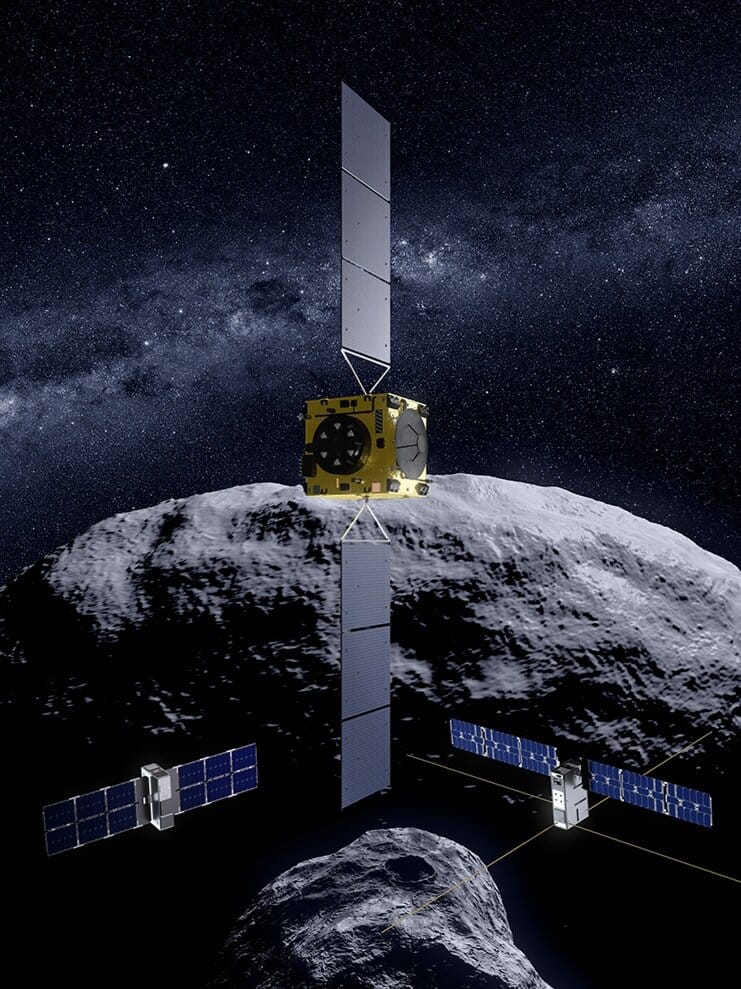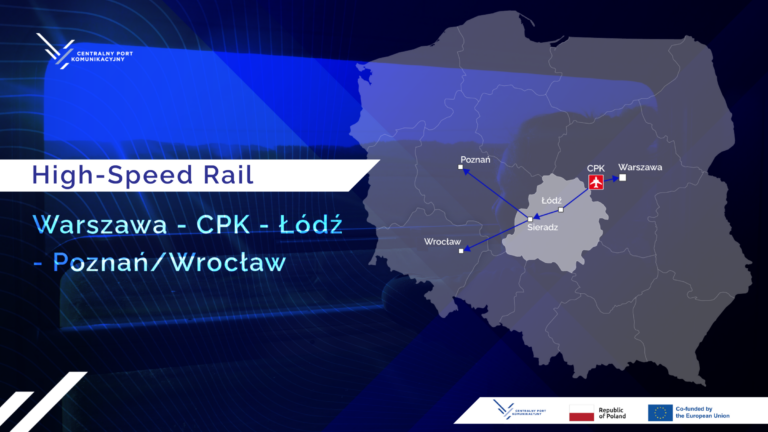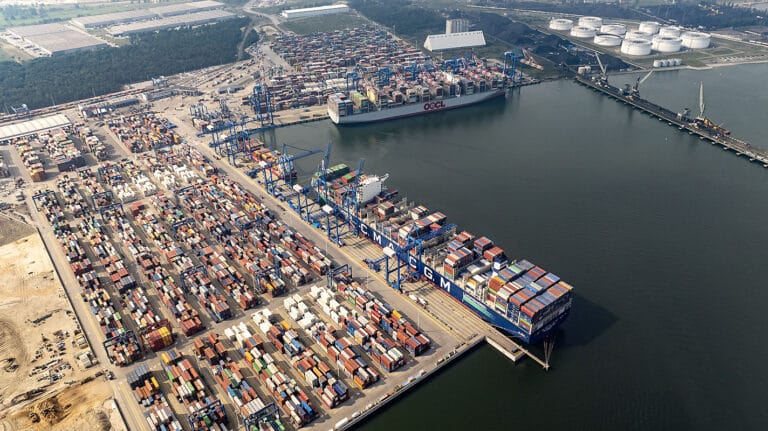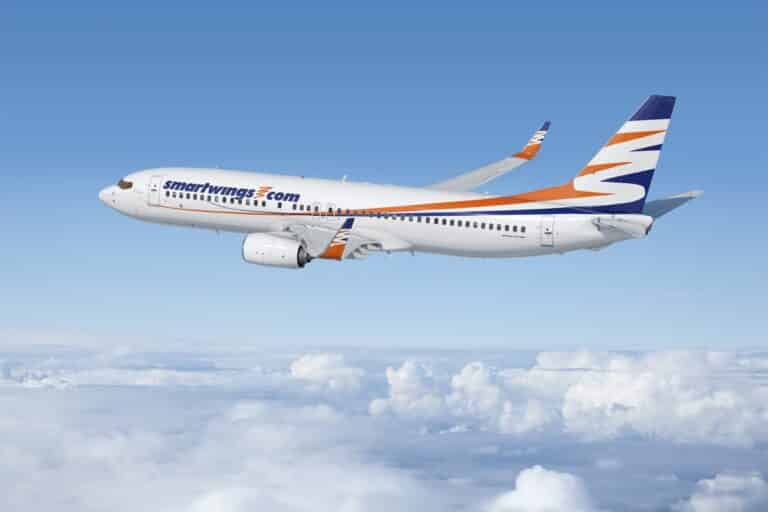Hera Space Exploration Mission
In October, the European Space Agency (ESA) launched its Hera probe with a SpaceX Falcon 9 rocket from Cape Canaveral Space Force Station in Florida on a long trek across the Solar System to the binary asteroid system Didymos-Dimorphos, which became famous in September 2022 after NASA’s probe hit Dimorphos during the Double Asteroid Redirect Mission (DART). The impact altered the asteroid’s orbit, demonstrating a pioneering strategy for protecting Earth from asteroids in the future.
Now, the Hera probe will assess the results of DART as the first test of the deflection technique, altering an asteroid’s course by direct impact. Hera will provide detailed information on the resultant crater, orbit, and surface. Some innovative technologies will also be tested, including autonomous navigation in space and the use of small exploratory satellites.
Two CubeSats, Milani and Juventas, will perform the first radar scans in history of an asteroid’s inner structure, providing unique data fundamental for future exploration missions.
A significant contribution to the Hera mission was made by Polish engineers from the GMV international technology group, who designed and implemented the probe’s autonomous navigation system based on image analysis. This advanced system will enable the probe to perform independent manoeuvres in the immediate vicinity of the asteroid despite delayed signals from Earth.







